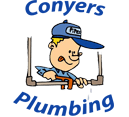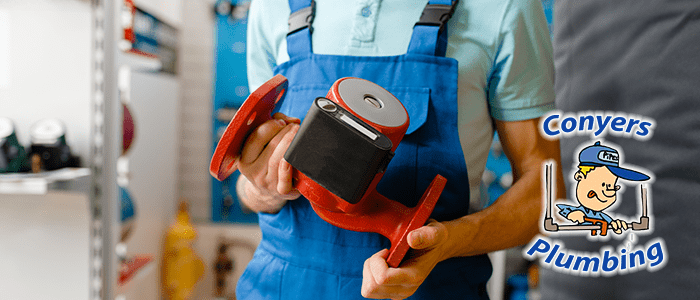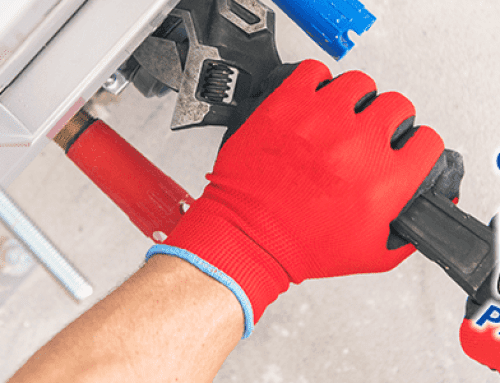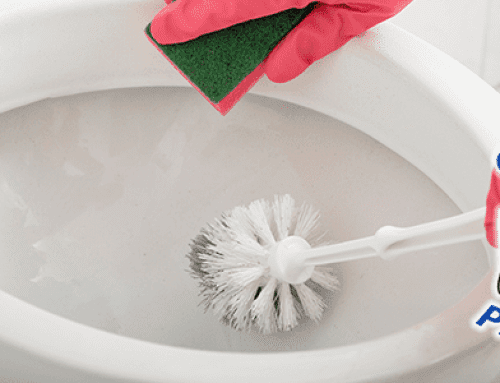The Constant Pressure Pump: Is It For You?
There has been a significant increase in the sales of constant pressure pumps over the decade. Everyone involved in plumbing sells them, and just about everyone interested in improving their plumbing is buying them. Better water pressure is a highly desired commodity these days, and many people looking for better pressure are also willing to pay more in order to get a pressure pump. But is it worth it? Let’s take a look so you can make an informed decision.
What Are the Differences?
There are two primary differences that you’re going to see between conventional systems and constant pressure pump systems.
The first thing you’re going to see involves when the pump turns on. Conventional systems turn the pump on when the pressure drops 20 psi. There is a pressure switch that controls it and generally will turn on at 40 psi, and off at 60 psi. On the other hand, a constant pressure system is controlled by a pressure sensor, and the controller will turn the pump on when it drops by only 5 psi. This is the reason it’s called a “constant pressure” system; because there isn’t a large fluctuation in pressure.
The second big difference is the speed at which the pumps run. Traditional systems either run at full speed or not at all, but constant pressure systems, on the other hand, alter the speed of the pump as necessary to maintain a constant pressure. The pump runs the whole time you’re using water, but instead of turning on and running at full speed before turning off again, it turns slowly and maintains pressure similar to how your car’s cruise control maintains speed.
Pros and Cons of a Constant Pressure Pump
Let’s start with the benefits of investing in a constant pressure pump before taking a look at some of the drawbacks.
- You can run it with a smaller tank thanks to the pump’s “soft start.”
- Some pump controllers have “smart” additions available as options and can give you a text or email if they detect a problem.
- They have built-in protections, meaning that the controller does a pretty good job on its own of preventing dry runs, waterlogged pressure tanks, voltage supply issues, and other common problems.
But the downsides are also something you want to take into account. Some of these include:
- They are expensive, ranging anywhere from $1,000 to $10,000 and are not forever-durable. In many cases, if one component goes bad, the entire pump will need replacing.
- They don’t have the best protection. They do have their own built-in protection, but it isn’t as great as it could be. For better protection, stick with a conventional system.
- Controllers have problems with rural power supplies and hot weather. These systems are like computers and not only produce heat, but are susceptible to voltage spikes that are common in rural areas.
At the end of the day it’s up to you to decide if you think getting a constant pressure pump is worth the money, but an increasing amount of customers are willing to give it a green light in exchange for the price tag due to the desire for its benefits. If you want more great supply for your system, look no further than Conyers Plumbing.




